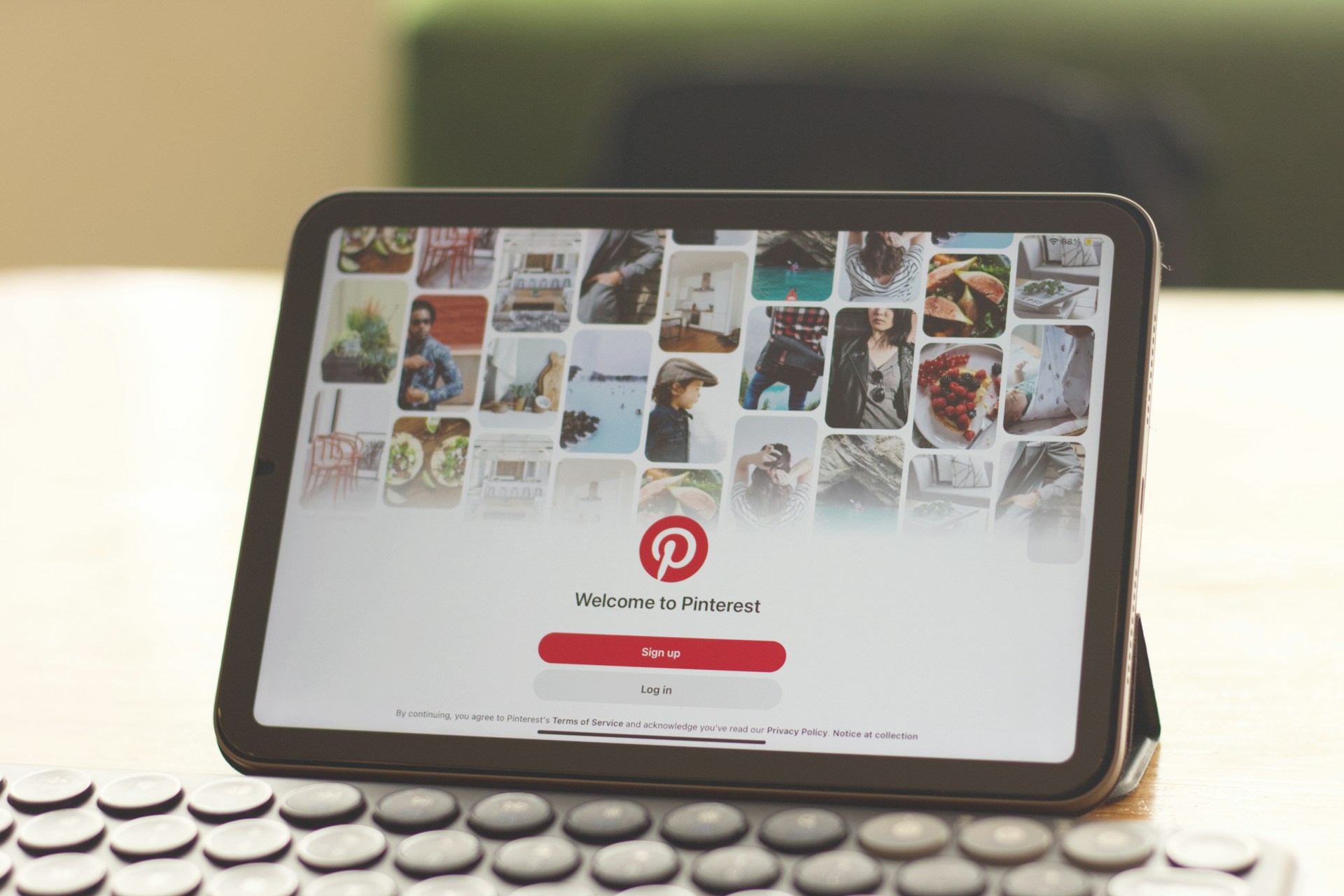
For business owners dedicated to efficiency and maximizing return on investment, the constant evolution of digital advertising can be both exciting and overwhelming. You’ve mastered the intricacies of Google Ads and Facebook ads, understanding that targeting is key. But what if we told you there’s an engine driving the entire digital ad ecosystem, allowing for unprecedented precision, scale, and cost-efficiency? That engine is Programmatic Advertising, and it is fundamentally transforming how brands connect with consumers.
At The Social Rook, a leading digital marketing agency based right here in the Charlotte metropolitan area, we understand that future-proofing your business means embracing the most advanced tools available. Programmatic is no longer a niche technology; it is the dominant method for buying and selling digital ad space. This comprehensive guide is designed to demystify programmatic advertising, revealing how this technology works, why it matters more than ever in a privacy-first world, and how leveraging it can put your business light-years ahead of the competition.
Beyond Manual Bidding: Understanding the Programmatic Revolution
Historically, buying digital ad space was a laborious, manual process involving negotiations, insertion orders, and phone calls. Programmatic advertising changes this entirely. At its core, programmatic uses software and algorithms to automate the buying and selling of digital ad inventory—display, video, audio, and even connected TV (CTV)—in real-time.
Programmatic is not a channel; it’s a technology. Think of it as the ultra-efficient, AI-powered central nervous system that runs beneath all your other campaigns. While a paid media agency uses programmatic to execute campaigns across networks like the Google Display Network or third-party exchanges, its power lies in three core areas:
- Automation: Eliminating manual negotiations allows advertisers to activate campaigns instantly and efficiently.
- Data-Driven Targeting: It leverages massive datasets to evaluate every potential ad impression and determine the optimal bid within milliseconds.
- Real-Time Optimization: Campaigns constantly adjust based on performance, shifting budget away from underperforming placements and towards areas delivering the highest ROI.
1. Precision Targeting: Moving Beyond Cookies with Data
The biggest challenge facing marketers today is the deprecation of third-party cookies and the increasing emphasis on consumer privacy. Programmatic technology is not only adapting to this shift but is driving the solution by focusing on sophisticated data signals.
- First-Party Data Integration: Programmatic excels at integrating a brand’s most valuable asset—its first-party data (data collected directly from customer interactions). This data, when activated through a Customer Data Platform (CDP), allows for hyper-personalized retargeting and lookalike modeling without relying on third-party tracking.
- Contextual Targeting: With cookies fading, contextual targeting is experiencing a powerful resurgence. Programmatic platforms use AI and semantic analysis to determine the content, tone, and overall meaning of a webpage in real-time. This ensures your ad for business software appears only next to content about productivity trends, not adjacent to unrelated news, leading to highly relevant and effective ad delivery.
- Audience Segmentation at Scale: Unlike manual campaigns that might target one or two broad segments, programmatic systems can analyze thousands of potential audience variables simultaneously, identifying subtle, high-converting niche segments that human buyers would miss. This level of granular detail far surpasses the capabilities of traditional social media management targeting alone.
Best Practice: To future-proof your marketing, make first-party data collection a foundational business priority. Work with a paid media agency to unify this data and leverage it programmatically for precision targeting that is compliant and highly effective.
2. Efficiency and ROI: The Programmatic Edge Over Paid Search
While paid search marketing (like Google Ads Search) remains essential for capturing active demand, programmatic provides efficiency across the entire marketing funnel, especially for building awareness and driving discovery.
- Optimized Bidding (AI at Work): Programmatic systems rely heavily on Machine Learning (ML) and Artificial Intelligence (AI) to execute Smart Bidding strategies. These algorithms analyze hundreds of signals—time of day, device, weather, user history, and placement quality—to calculate the true value of every single impression, ensuring you only pay the optimal price. This removes the guesswork inherent in manual bidding.
- Eliminating Ad Waste: AI-driven optimization drastically reduces waste by continuously shifting budgets to the best-performing inventory in real-time. If one ad exchange or website isn’t delivering conversions, the budget instantly moves to a channel that is.
- Beyond Search and Social: Programmatic unlocks channels that are otherwise difficult to access and measure, such as Connected TV (CTV), digital audio (podcasts, streaming music), and Digital Out-of-Home (DOOH). This omnichannel reach allows your brand story, crafted by a creative marketing team, to reach audiences seamlessly wherever they consume media.
Best Practice: Use programmatic to complement your paid search marketing efforts. Capture high-intent customers with Google Ads, and then use programmatic display and video to nurture those leads, build brand awareness, and retarget them across the broader web.
3. The Creative Revolution: Dynamic and Personalized Advertising
In programmatic, the creative element—the actual ad design—is no longer static. Dynamic Creative Optimization (DCO) leverages AI to personalize the ad content to the specific user viewing it, boosting relevance and dramatically improving engagement.
- Real-Time Customization: DCO can instantly swap out elements of an ad (the headline, the image, the product shown, the call-to-action) based on the viewer’s location, their browsing history, the time of day, or the content of the webpage. For instance, a design services ad could display a unique portfolio piece specifically related to the type of design the user recently searched for.
- Enhanced A/B Testing: AI automates the testing of hundreds or even thousands of creative variations simultaneously. This allows brands to quickly identify the most effective creative combinations without the lengthy manual effort, making the work of a creative marketing team exponentially more effective.
- The Role of the Branding Agency: This hyper-personalization requires a strong, consistent visual identity. A branding agency must ensure that no matter how dynamic the ad is, the core brand identity and message remain unified and recognizable, preventing brand fragmentation across different placements.
Best Practice: When designing ad campaigns, focus on modularity. Create numerous assets (various headlines, background images, product shots) that the DCO engine can mix and match to ensure maximum relevance for every impression.
4. Local Domination: Programmatic Power in the Charlotte Metropolitan Area
For businesses targeting the vibrant Charlotte metropolitan area, programmatic provides tools for local domination that traditional methods simply can’t match.
- Geo-Fencing and Geo-Targeting: Programmatic allows for ultra-precise geo-fencing, serving ads to users who are currently or have recently been within a specific physical location (e.g., within a 5-mile radius of your web design office in Uptown, or near a competitor’s location).
- Targeting Local Intent: A digital marketing agency can use programmatic to target users across the web who are exhibiting local search behavior (e.g., frequenting local news sites, searching for “restaurants near me,” or looking up local event schedules).
- Driving Foot Traffic: Programmatic DOOH (Digital Out-of-Home) allows for the automated purchase and optimization of ad space on digital billboards and screens around Charlotte, tying this broad-reach channel directly to mobile data for better performance measurement.
The Social Rook Advantage in Charlotte: As a local firm, we specialize in weaving together these programmatic tactics with strong local SEO marketing strategies, ensuring that whether a potential client is searching for a branding agency on Google or casually browsing local news, your business is visible, relevant, and trustworthy.
The Social Rook’s Programmatic Philosophy: Intelligent, Effective, and Future-Ready
The future of advertising is automated, intelligent, and highly personalized. Programmatic advertising is the mechanism that delivers this future. It is the key to escaping the limitations of manual campaigns and achieving efficient, large-scale growth.
At The Social Rook, we don’t just talk about programmatic; we master it. Our team of experts integrates these powerful technologies with human creativity to build resilient marketing ecosystems for our clients. We ensure that your data is utilized ethically, your budget is optimized by cutting-edge AI, and your brand message, refined by our branding agency and design services teams, resonates perfectly across every digital touchpoint.
Ready to move beyond manual limitations and leverage the immense power of programmatic advertising to dominate your industry? Partner with The Social Rook, your trusted digital marketing agency and paid media agency experts in the Charlotte, NC, area. We’ll transform your ad spend from an expense into your most profitable investment.


